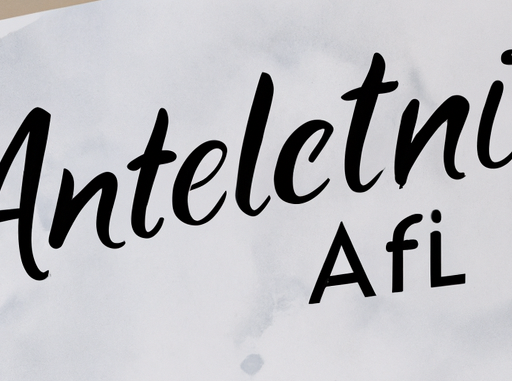
The Impact of Artificial Intelligence on Modern Education Practices: Exploring New Teaching Techniques and Student Engagement Strategies
In recent years, the integration of Artificial Intelligence (AI) into education has revolutionized teaching methods and student engagement strategies. As AI technologies become increasingly sophisticated, they offer unprecedented opportunities for personalized learning, efficient classroom management, and enhanced educational outcomes. This transformative impact is reshaping the landscape of education, making it more accessible, adaptive, and engaging for students worldwide.
Personalized Learning Through AI
One of the most significant contributions of AI in education is its ability to facilitate personalized learning. AI systems can analyze vast amounts of data to understand each student’s learning style, pace, and areas of difficulty. This enables educators to tailor their teaching strategies and materials to meet individual needs. AI-driven platforms, such as intelligent tutoring systems, provide real-time feedback and customized learning paths, ensuring that students receive the support they need to excel. This personalized approach not only boosts academic performance but also enhances student motivation and confidence.
Enhancing Classroom Management
AI technologies are also streamlining classroom management, allowing teachers to focus more on instruction and less on administrative tasks. For instance, AI-powered tools can automate attendance tracking, grading, and even the detection of plagiarism, reducing the workload on educators. Additionally, AI systems can monitor student behavior and engagement levels during lessons, providing teachers with insights into how to adjust their teaching methods for maximum effectiveness. This data-driven approach helps create a more dynamic and responsive classroom environment.
Innovative Teaching Techniques
The advent of AI has introduced innovative teaching techniques that foster deeper engagement and understanding. Virtual reality (VR) and augmented reality (AR), powered by AI, bring immersive learning experiences to the classroom. These technologies enable students to explore complex concepts in a hands-on manner, such as conducting virtual science experiments or exploring historical sites. AI chatbots and virtual assistants are also being employed to provide instant support to students outside of classroom hours, facilitating continuous learning and curiosity-driven exploration.
Bridging Gaps in Education
AI has the potential to bridge gaps in education, especially in underserved or remote areas. Online platforms equipped with AI can deliver high-quality educational content to students who might not have access to traditional classroom settings. Moreover, AI translation tools can break down language barriers, allowing students from diverse linguistic backgrounds to access educational resources in their native languages. This democratization of education empowers students globally, providing them with equal opportunities to succeed.
Challenges and Considerations
Despite its many benefits, the integration of AI in education is not without challenges. Concerns about data privacy, ethical use of AI, and the digital divide must be addressed to ensure equitable access to AI-enhanced education. Educators must be adequately trained to leverage AI technologies effectively, and there should be a continuous evaluation of AI systems to ensure they align with educational goals and values.
Conclusion
Artificial Intelligence is undoubtedly transforming modern education practices by introducing personalized learning, innovative teaching techniques, and efficient classroom management. As AI continues to evolve, it holds the promise of creating more inclusive, engaging, and effective educational environments. However, to fully realize the potential of AI in education, stakeholders must address the accompanying challenges and work towards a future where AI serves as a tool for empowerment and educational excellence. As we embrace this technological shift, educators, policymakers, and technologists must collaborate to harness AI’s capabilities in nurturing the next generation of learners.
PhDr. Pavel Bartoš, LL.M., DBA (Evropská akademie vzdělávání / European Academy of education)
Leave a Reply